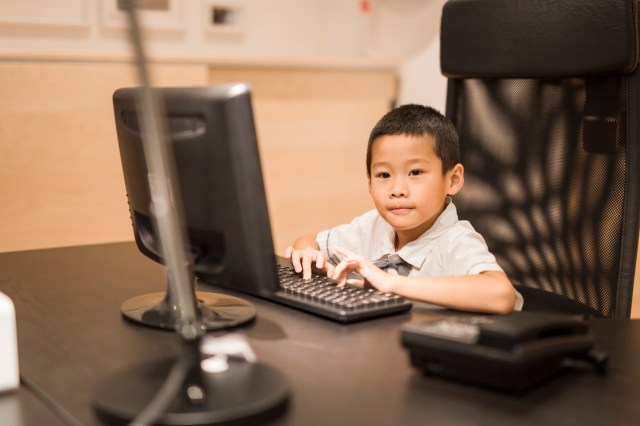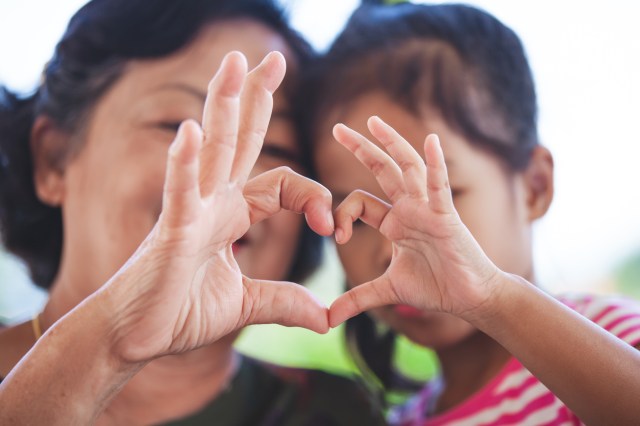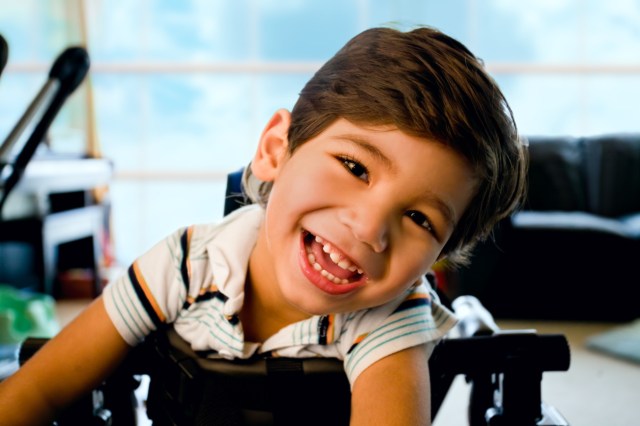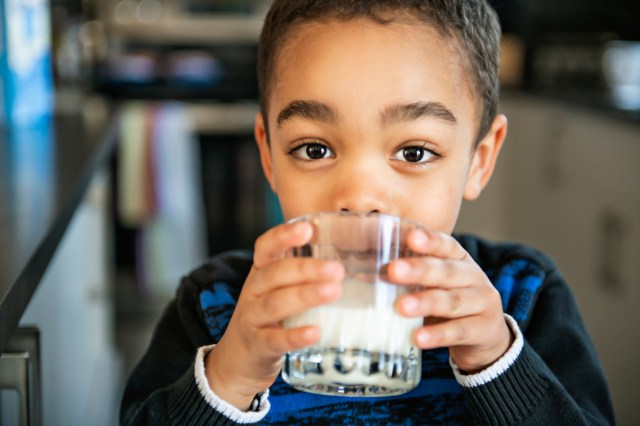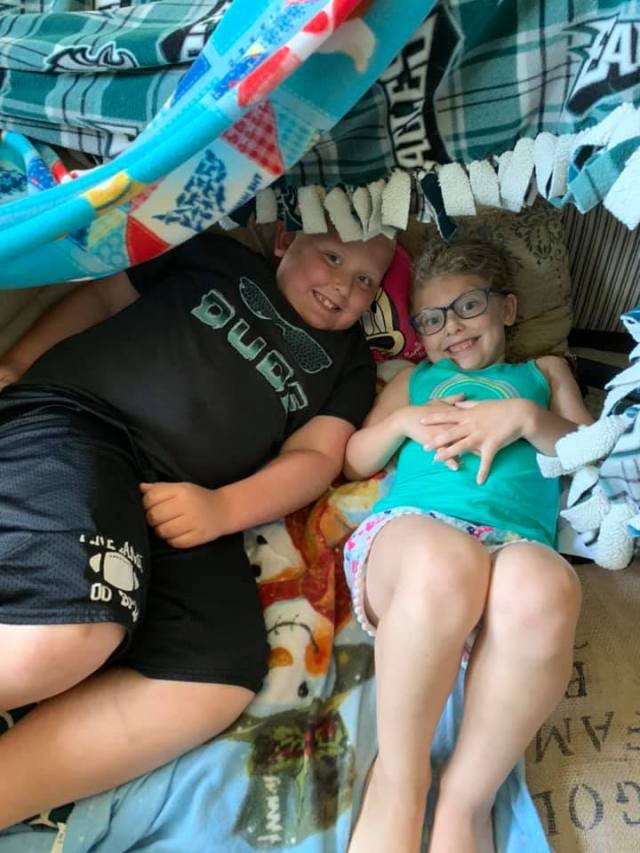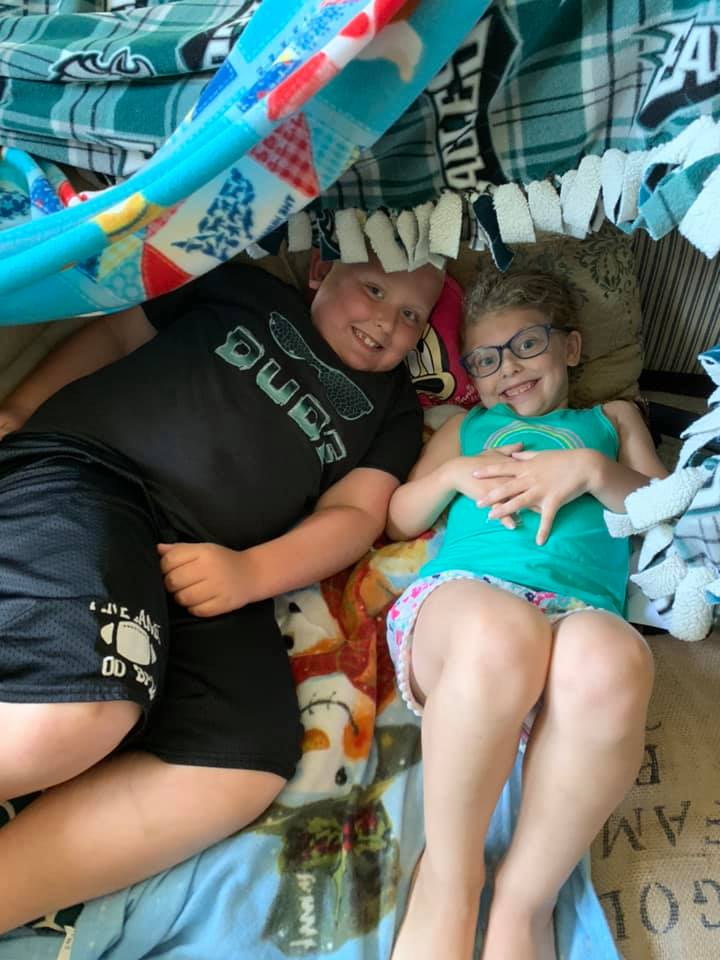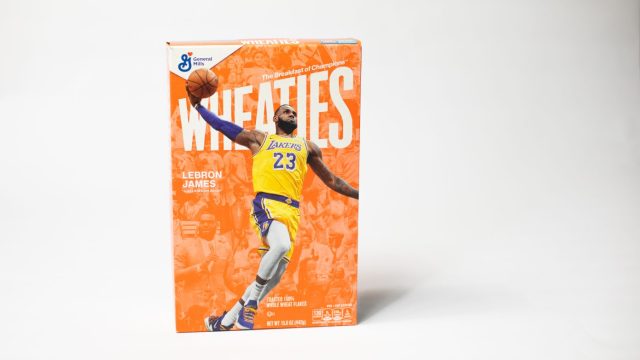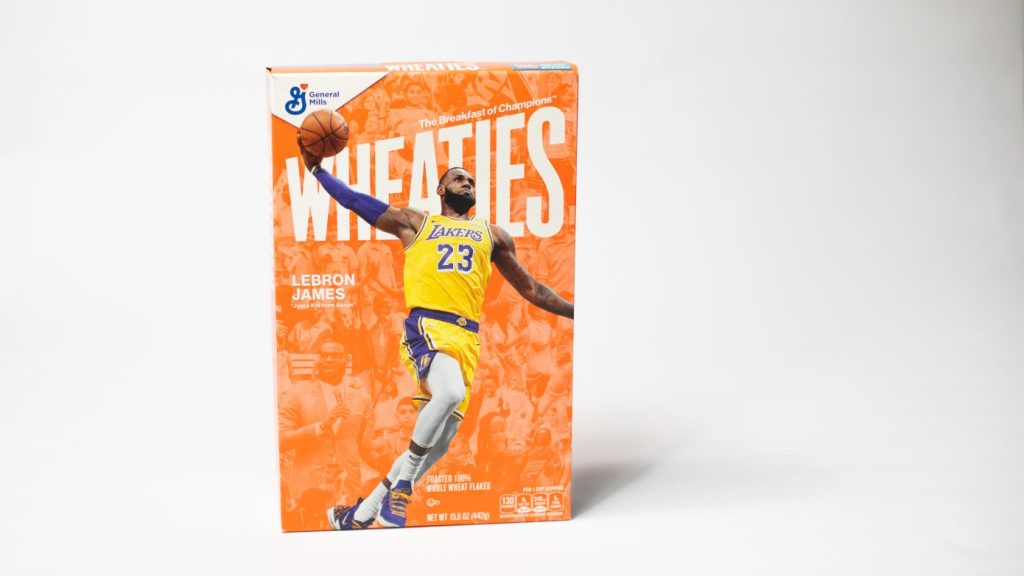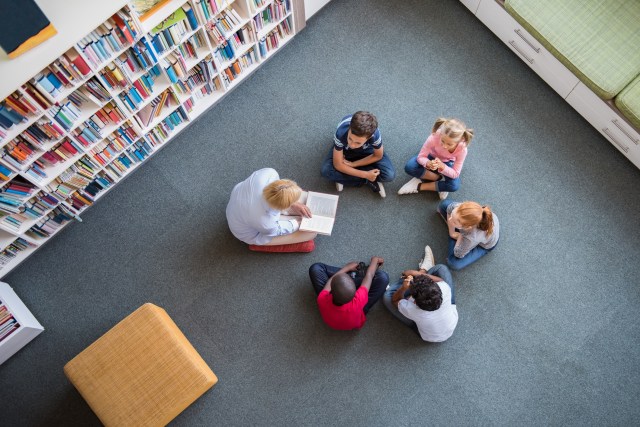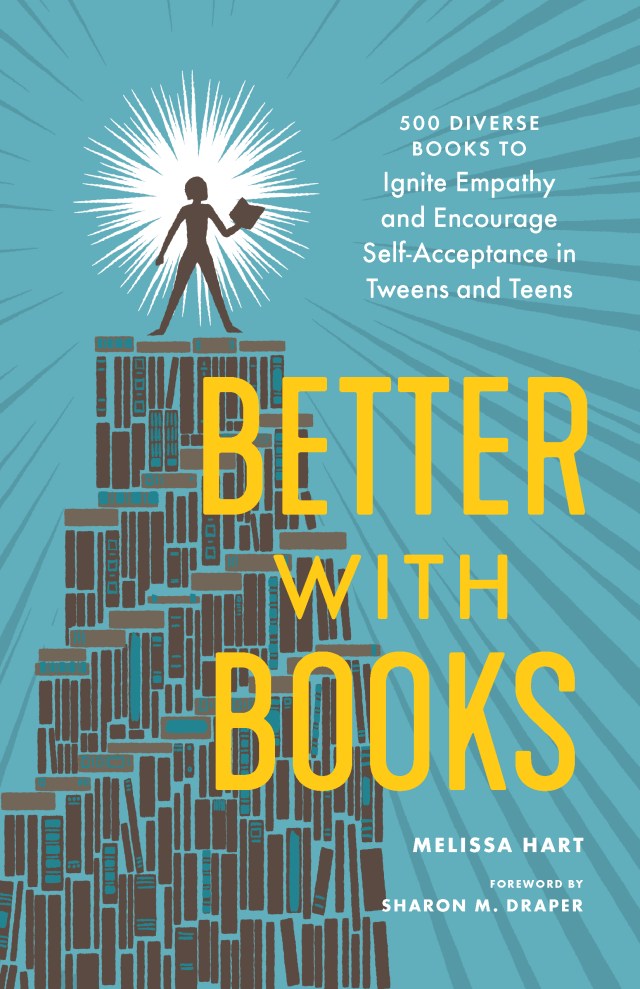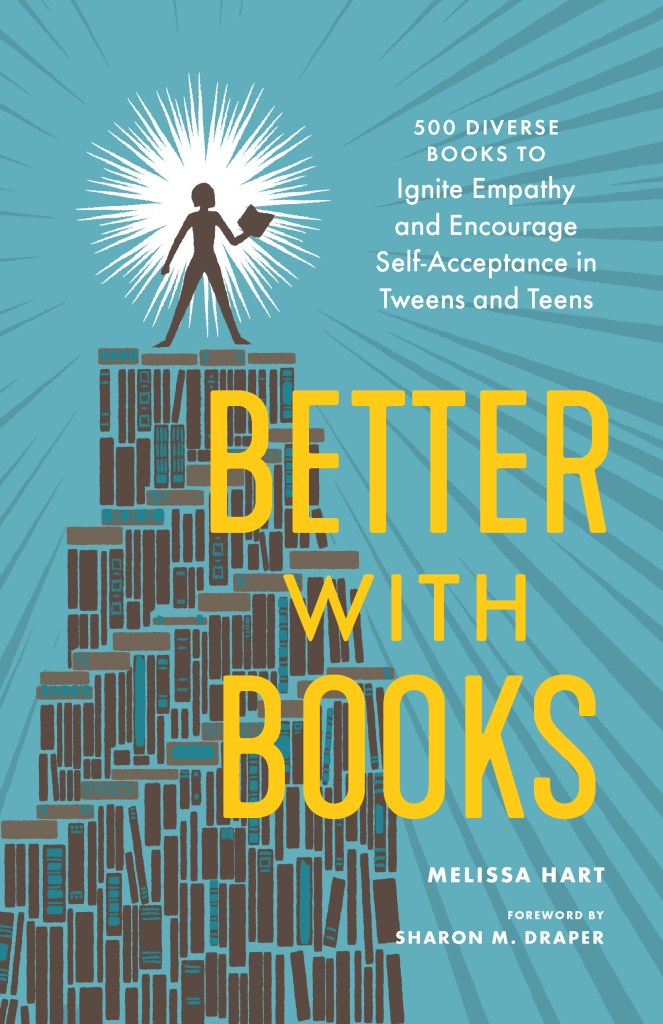This MLK Day, explore King’s impact and legacy with the kids
On January 16 we celebrate the life and legacy of Dr. Martin Luther King, Jr. Not only is it a day to remember one of our nation’s most revered individuals, but it’s also a time to reflect on how we can all lead our lives with love, respect, and kindness for our fellow humans. It’s also a prime opportunity for parents to explore Black history in Portland. If you’re looking for a way to make this day off from school a day on, Portland has a variety of events scheduled throughout the month to commemorate Dr. King and his legacy. It’s a wonderful time for families to engage, learn, and give back to their community.
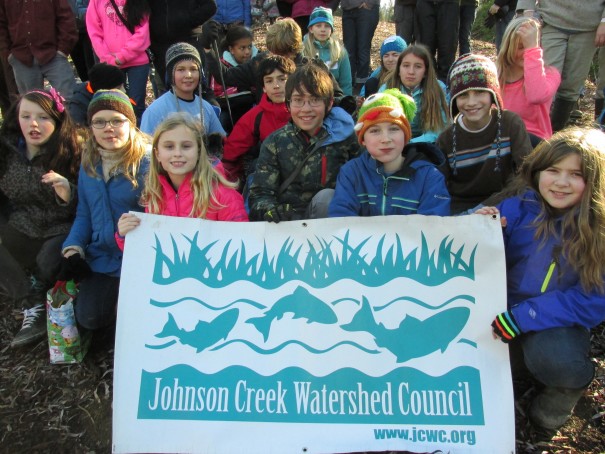
1. MLK Day of Restoration and Reflection
One of the ways your family can reflect on Dr. King's work is to volunteer with the Johnson Creek Watershed Council and help restore habitat at Foster Floodplain. Not only will it be an opportunity for families to reflect in conversation, but they'll also have a chance to engage in environmental justice during the two hour event. Please remember to bring water bottles and wear rain gear and clothes that won't mind a little mud. Gloves, tools, and light refreshments will be provided. All ages are welcome.
Date & Time: Jan. 16, 10 a.m.-noon
Foster Floodplain Natural Area
10602 S.E. Foster Rd.
Portland
Online: jcwc.org
2. MLK Day Clean Up
Teach your kids the value of giving back to their community by volunteering with SOLVE Oregon. The event kicks off at Irving Park in Northeast Portland where volunteers will head out to pick up litter along MLK Boulevard to prevent it from entering the city’s waterways. All ages are welcome. Please remember to sign up in advance for this event.
Date & Time: Jan.16, 10 a.m.-noon
Irving Park
3498 N.E. 7th Ave.
Portland
Online: solveoregon.org
Related: Portland Black-Owned Businesses to Support Today (& Always)
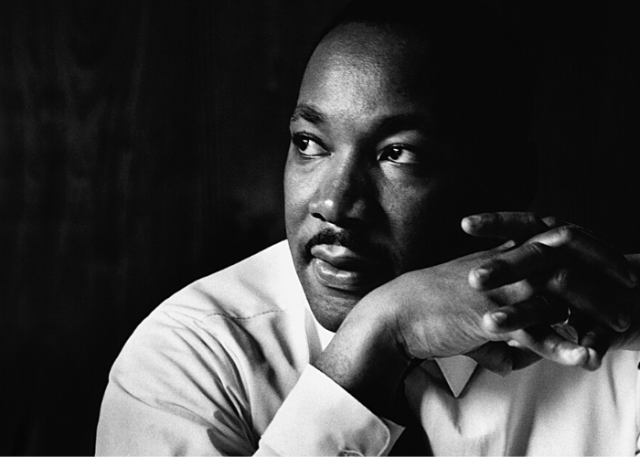
3. MLK Day On
Start off the weekend of MLK remembrance early by heading to the University of Portland for a range of activities. This year, the university is inviting you to join in their theme of “Who is Our Beloved Community?” and involve yourself and the family in honoring MLK’s civil rights accomplishments. You'll find the full list of events online.
Dates: Jan. 16 & 17
University of Portland
5000 N. Willamette Blvd.
Portland
Online: up.edu
4. Keep Alive the Dream
The World Arts Foundation's annual tribute to King is back in-person this year. This event has been recognized as the largest community cultural event of its kind in Oregon. The 2023 lineup is still TBD, but you and the family can get inspired by watching the Foundation's documentary on Oregon's African-American communities.
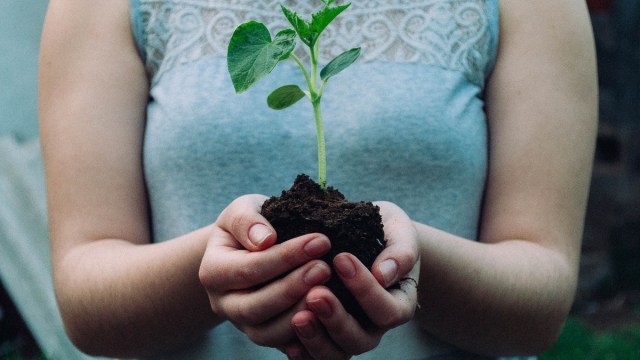
5. Chimney Park Tree Planting
Make environmental justice the center of your Martin Luther King, Jr. Day activity with the kids. Dress for the weather and bring a water bottle. The folks at Urban Forestry will provide all the tools you need to make it a Day On with the kids.
Date & Time: Jan. 16, 10 a.m.-1 p.m.
9360 N. Columbia Blvd.
Portland
Online: portland.gov
6. Visit a nearby National Park
Families can visit nearby national parks like Mt. Rainier and Mt. St. Helens for free on MLK Day. No passes are needed to park or stay and explore the mountains and trails of these two gorgeous parks that are just a short drive from the city. Or if you're up for a bit of a drive you can head to Crater Lake and make it day.
7. Celebrate Kindness & Community
With the long weekend, why not take a trip to Olympia and celebrate MLK Day at one of the best children's museums in the Pacific Northwest. Children's book readings, poetry, stained glass art, and writing kindness letters to your neighbors and friends are all part of the way you can walk in the footsteps of Dr. King with your kids on the day off.
Date & Time: Jan. 16, 9 a.m.-5 p.m.
Hands On Children's Museum
414 Jefferson St. N.E.
Olympia, WA
Online: hocm.org
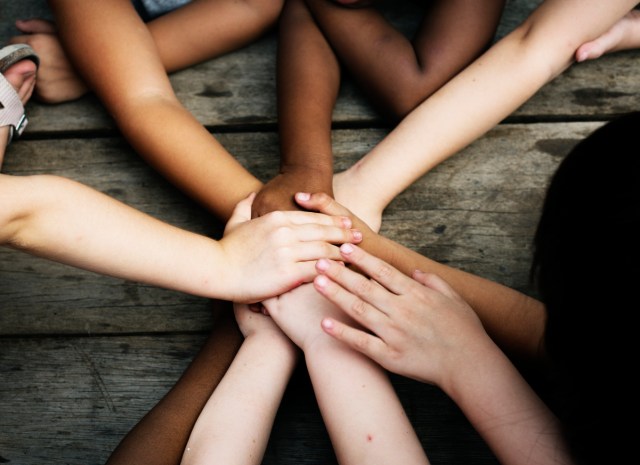
8. MLK Day of Service Tree Planting
Families with kids as young as 3 can participate in this community MLK Day event that's just over the bridge in Vancouver. Wear your best rain gear, and close-toed shoes, and head out to plant trees along Burnt Bridge Creek with the Watershed Alliance. You'll need to register in advance for this volunteer opportunity.
Fort Vancouver High School
5700 E. 18th St.
Vancouver, WA
Online: thewatershedalliance.org
9. 2023 I Have a Dream Virtual Race
Run for justice by participating in the third annual “I Have A Dream” virtual race, benefiting the Equal Justice Initiative. Sign up for a 1-mile, 5K, 10K, half marathon, or a full marathon and run it wherever you are, whenever you want, and at your own pace. Not only does your registration fee includes a race medal and bib, but a portion of it will be donated to the Equal Justice Initiative, an organization “committed to ending mass incarceration and excessive punishment in the United States, to challenging racial and economic injustice, and to protecting basic human rights for the most vulnerable people in American Society.” Just remember to complete your “I Have a Dream” race anytime in January 2023.
Cost: $20
Online: virtualrunevents.com





